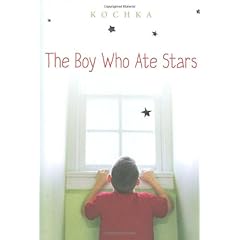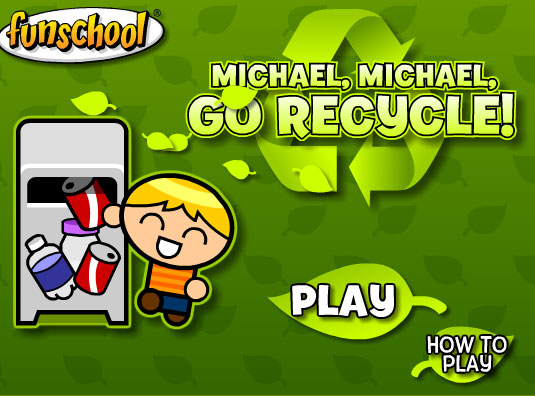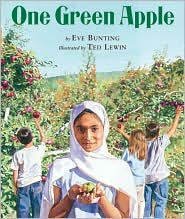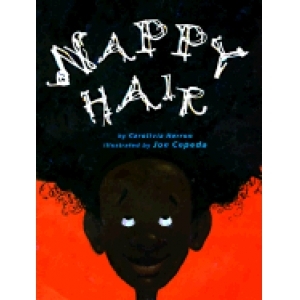Everything Kids' Environment Book: Learn how you can help the environment-by getting involved at school, at home, or at play (Everything Kids Series)
Sheri Amsel
Everything we do has an impact on the world around us--from the clothes we wear and food we eat to the gardens we grow and the trash we throw away. And to take the best care of the earth--and ourselves--it's important to make smart choices. With The Everything® Kids' Environment Book, you'll find out what you can do every day to help protect our planet. You'll also learn why the rainforest is so important to us, how animals go extinct, and what environmentalists can tell us about taking good care of our world.
Learn how to "GO GREEN":
-Find new uses for recycled grocery bags
-Create your own greenhouse
-Make acid rain (safely)to see how it affect plants
-Test organic food against foods grown with chemicals
-Make your own compost pile
-Re-create deforestation with the soil from timbered trees
-Test your sensitivity to noise
About the Author
Sheri Amsel has published more than 20 books on nature and environmental topics. Her love of science and the outdoors led to degrees in botany and zoology and a master's in anatomy and biomedical illustration. Her ongoing work includes advising schools on the development of educational nature trails, writing science programming, and performing habitat, science, and conservation workshops.She lives in Elizabethtown, NY.

































